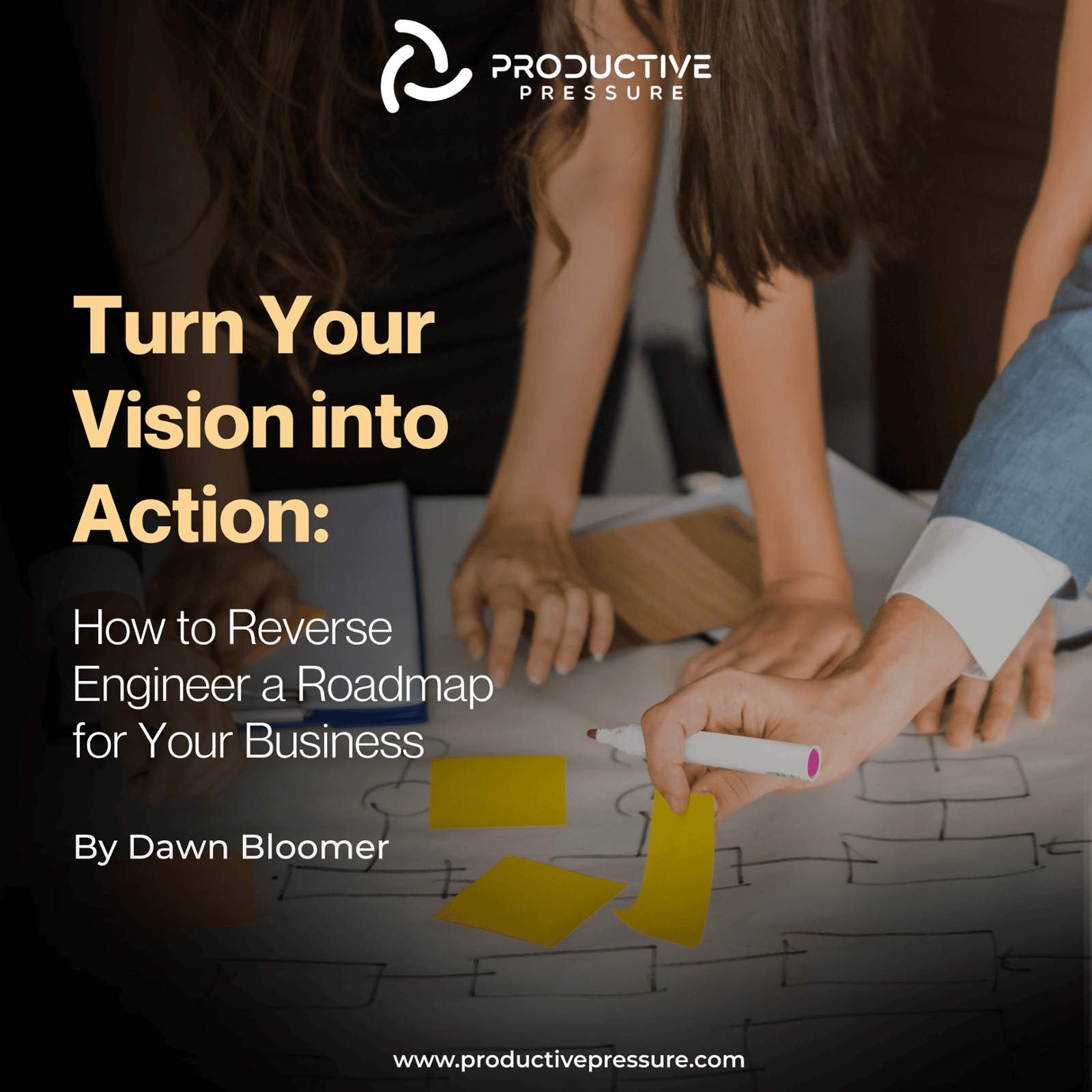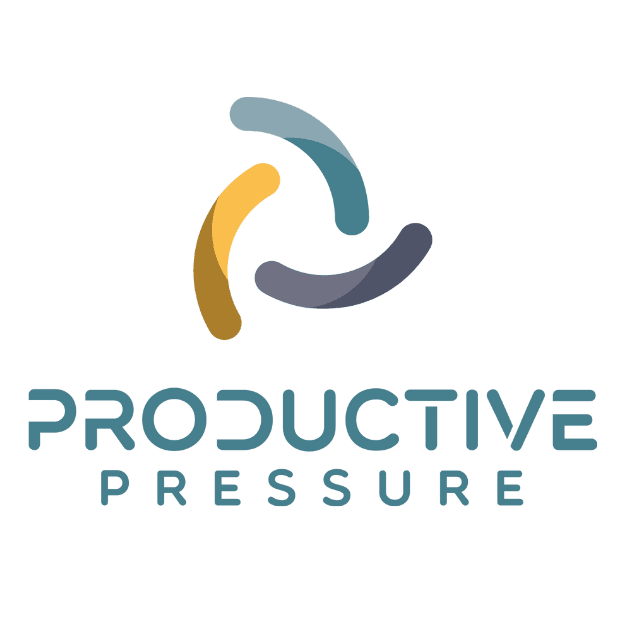
Ready to escape owner overload? The first thing you need is CLARITY. Clarity arises at the intersection of 3 things:
- A clear and compelling vision of where you’re headed.
- A roadmap of the steps you need to take to get there.
- A dashboard to show how far you’ve come and to let you know when you’ve strayed off course.
In this article, we’re going to dive into #2 – creating a roadmap. Let’s start with a pop quiz.
Which of the following best describes your current business strategy/plan/roadmap?
- You’re winging it without a plan – just getting through things day to day. You’re not certain that the actions you’re taking will ultimately lead to your vision. (Or you may be aware that they will NOT get you where you want to go.)
- You have plans but they’re not actionable enough to translate into progress – or they’re out of date – or you just don’t follow them.
- You’ve mapped your path from where you are today to where you want to be in 3 years. You’ve broken the journey into milestones of 3, 2, 1 years – and you have quarterly plans for year 1 – you work this plan daily, confident that your daily actions are leading you to where you want to go.
Most of the owners I work with are so bogged down with day-to-day survival that they don’t have time to plan – so if that’s you, don’t beat yourself up! That said, here’s why you need to make the time to make a plan.
7 Reasons Why You Need a Roadmap
1. Direction
Your vision shows you where you’re going. Your plan shows you how to get there. We call it a roadmap because it plots out your path step by step, guiding you towards your goals. Even if your business is already successful, you need to know where it's heading to sustain that success and adapt to changing market conditions.
2. Adaptability
Markets, industries, and consumer preferences evolve over time. A well-thought-out plan allows a business to be adaptable and responsive to changing circumstances. It helps the company anticipate potential challenges and capitalize on new opportunities.
3. Resource Allocation
When you have a plan, you can allocate resources effectively. Your roadmap provides insights into where to invest time, money, and efforts for maximum returns. Resources are always limited, so it's essential to use them wisely to maintain competitiveness.
4. Risk Management
If you’re a worrier like me, this reason is probably the most compelling! Creating a plan allows a business to assess potential risks and develop strategies to mitigate them. This makes the business more resilient to unforeseen events. It may also help you sleep better at night. :)
5. Communication and Alignment
Your roadmap serves as a communication tool, helping to align employees, partners, and stakeholders towards a common vision. It keeps everyone on the same page and headed in the same direction. It also fosters a shared sense of purpose, which is crucial if you want to create a high-performance team.
6. Decision Making
As the leader of your busines, you need to make decisions every day. Your roadmap provides a framework to help you make good ones. Whenever a significant opportunity or challenge arises, you can refer to the plan to assess how it aligns with your business's overall strategy.
7. Attracting Investors or Financing
You may need to secure capital for expansion or other projects. Banks and investors want to see a plan. So do buyers, should you decide to sell one day. Even a well-established business needs a plan to stay on course, remain competitive, make informed decisions, manage risks, and ensure sustainable growth. It is an essential tool for success, regardless of a company's size or longevity. So, let’s look at how to make one.
How to reverse-engineer your roadmap

Reverse-engineering means you start with where you want to go and design your roadmap working backwards from that point. Planning this way keeps you focused on the end results you want and makes it more likely you will get there.
Begin with the end in mind.
Get clear about where you're going (your vision) and develop a plan to take you there. Consider your eventual exit from your business: what happens to the company? Who will succeed you? What's your plan for retirement?
Take financial snapshots of both your business and your personal life.
This will give you context as you make assumptions about the future. Business: Compile and review your Profit & Loss Statement and Balance Sheet for the past 2-3 years. Personal: what does it cost for you to live comfortably? What does Financial Independence look like to you?
Set milestones.
I advise my clients to begin at 3 years, then work backward from there - 2 years, 1 year, quarterly, weekly. When you get granular, you take the guesswork out of what you need to do next to accelerate your progress. Develop a future timeline spreadsheet to map out various anticipated personal milestones against your business targets.
A final word of advice: keep your plans agile
I could end this article with a million motivational, pithy quotes about planning. Like: “if you fail to plan, you plan to fail” or “a goal without a plan is just a wish.” But, there is really only one quote for you to bear in mind. It comes from former US president Dwight Eisenhower:
“Plans are nothing; planning is everything.”
We can't predict the future, so expect that you'll need to adjust your plan over time. The important part about planning is the process. When you plan, you think things through. You figure out what resources you need. You anticipate future problems. You spot opportunities. You see how the decisions you make today can get you closer to where you want to go. When I work with my clients, we work in 90-day sprints and create a new plan every 90 days. This ensures that we keep the longer-term goals in mind, while intensely focusing on what’s immediately actionable and in front of us.

